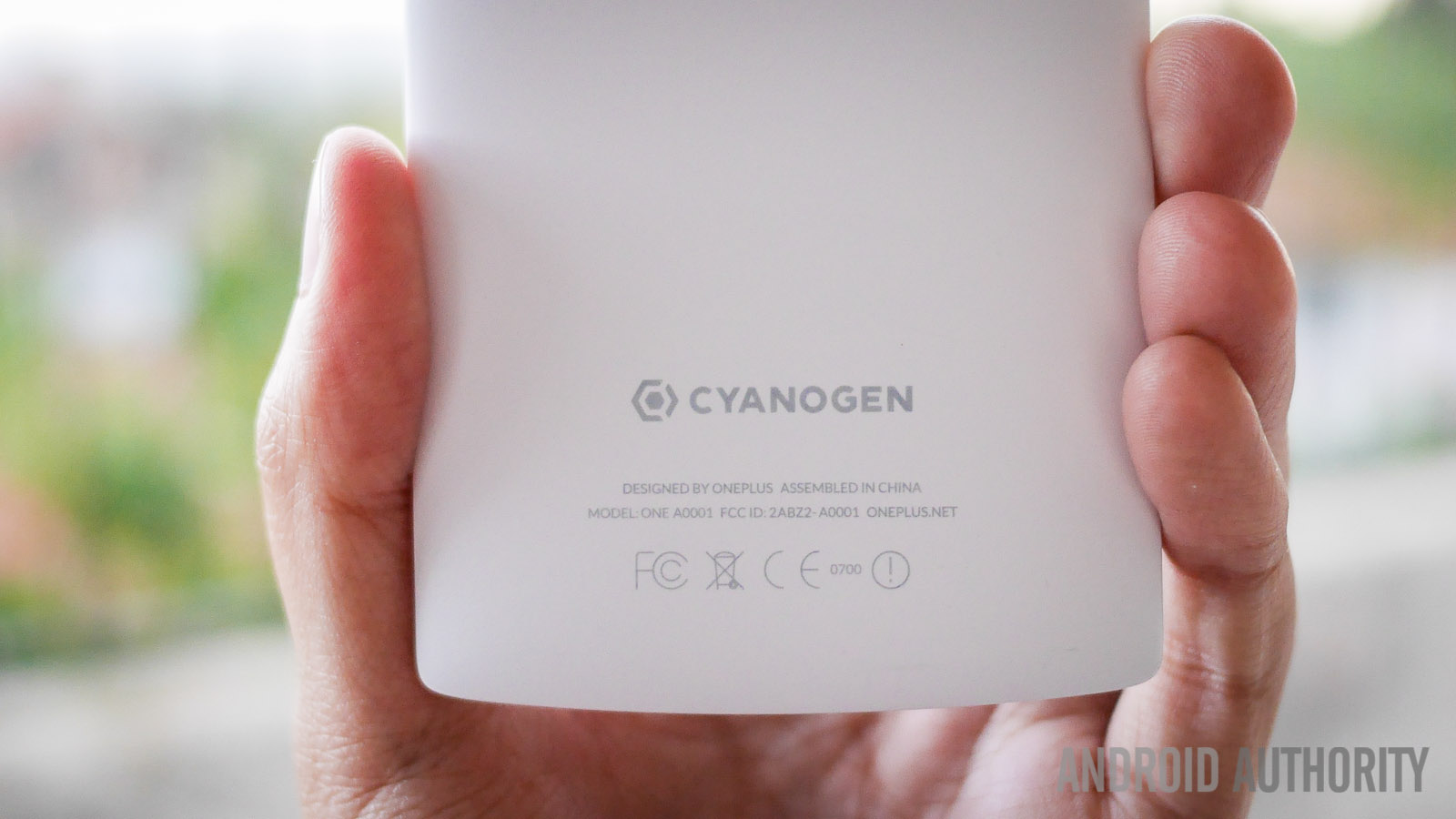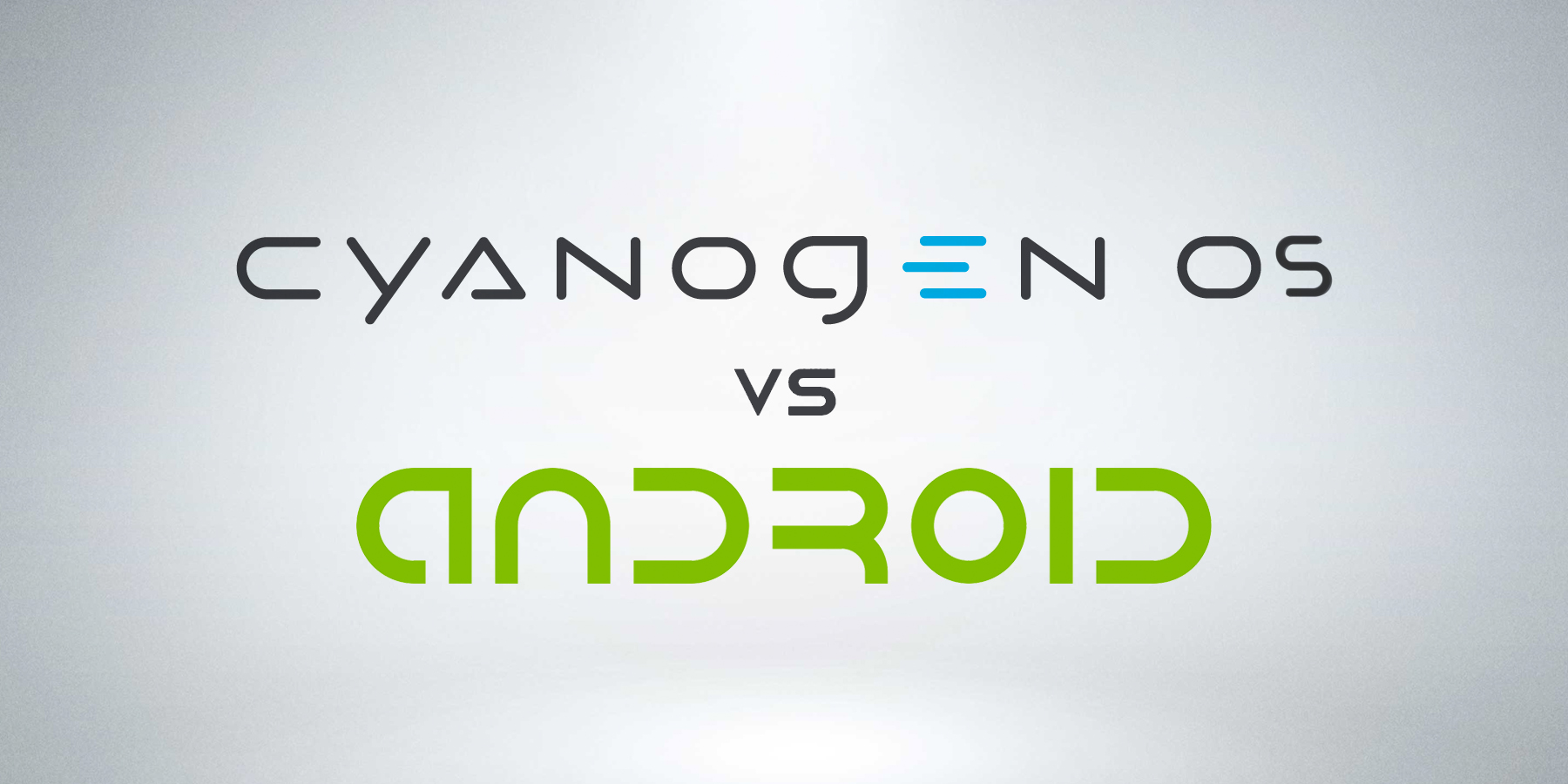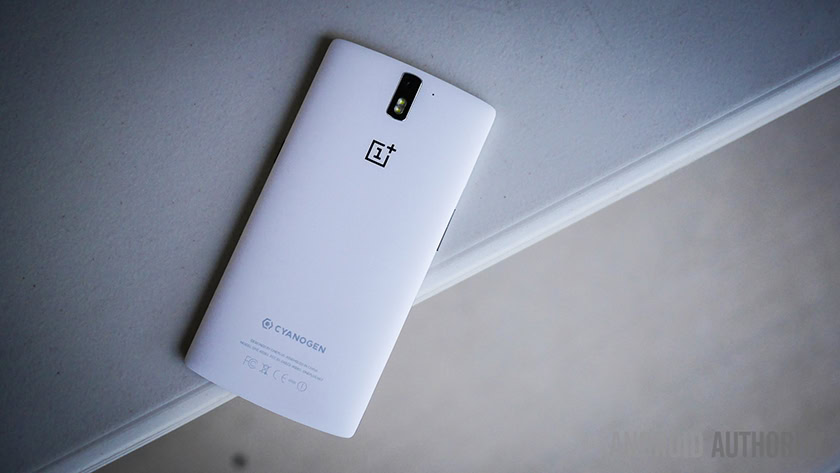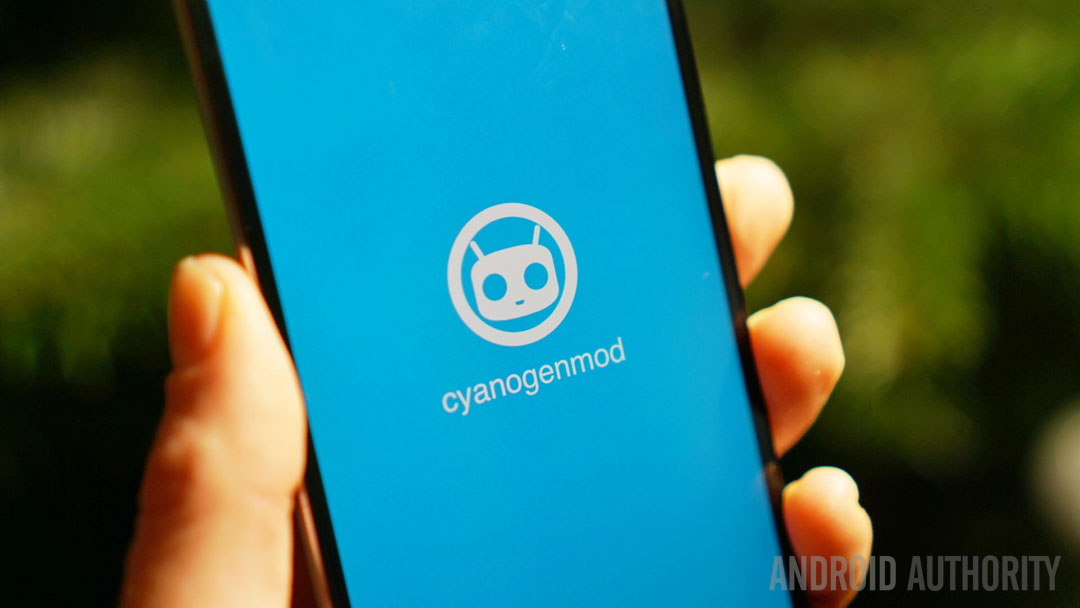Affiliate links on Android Authority may earn us a commission. Learn more.
Cyanogen: where did it go wrong?

There’s a dichotomy in the smartphone world. On the one hand, you have the tightly-wound iOS, an operating system that always looks and feels the same. On the other, you’ve got Android, the open-source operating system that can be many different things to many different people. In fact, last year iOS and Android were found to make up 96 percent of the smartphone market; and don’t forget that Windows phones exist in that remaining 4 percent.
These days, it’s quite easy to forget that CyanogenMod used to be a major player in the Android market — to hobbyists and the modding community, it still is. Its parent company, Cyanogen, Inc., had grand plans to take over the Android world with a more commercial version of the community-built ROM. There was a time when Cyanogen was nearly as synonymous with smartphones as Android, at least among more hardcore folks, but that time has long since passed.
Cyanogen’s popularity grew quickly and the company started talking a pretty big game. In retrospect, it seems that many of the company’s ambitions have failed to come to fruition. The fate of the company as a whole has become quite questionable. In light of recent developments and several years of disappointments, let’s take a look back at the history of Cyanogen, Inc. to answer some important questions: Why haven’t the company’s promises come to fruition? What is the company doing today? Where is it going in the future? And where did it all go wrong?

A strong, community-oriented start
Before there was Cyanogen, Inc., there was only CyanogenMod. Even if you never used CyanogenMod, you at least know the name. It’s the Android-based operating system that first emerged in 2009. Shortly after the T-Mobile G1/HTC “Dream” was released and became a huge success, a community of developers began making modified versions of Android when they exploited a weakness in the OS that granted them administrator, or “root”, privileges.
It wasn’t the first modified version of Android to be released, but it was definitely the first to gain such immense popularity. As a result, a growing number of developers and hobbyists rallied around CyanogenMod, contributing their skills and knowledge to create something that many would come to prefer to stock Android.
With CyanogenMod, mainstream Android users could enjoy the stability and full power of Android with the customization and added features that the couldn’t get from stock Android.
In just over a year, CyanogenMod evolved through five different versions. With each new version came advanced features, including gesture controls, tethering, and a growing library of supported devices. Meanwhile, CyanogenMod gained its own identity with a unique launcher and reputation for offering levels of customization that weren’t available on Android.
CyanogenMod also changed the way that people viewed custom Android ROMs. Previously, custom ROMs were popular to enthusiasts, but less so among mainstream users. With CyanogenMod, mainstream Android users could enjoy the stability and full power of Android with the customization and added features that the couldn’t get from stock Android.
Google in the crosshairs
For a while, that’s all there was to it. CyanogenMod gained a group of top-tier developers, including co-founders Steve Kondik and Kirt McMaster. These top-level developers would make the final decisions when it came to adding or changing any facets of CyanogenMod, but it otherwise remained an operating system “by the people, for the people”, as Kondik would say.
Cyanogen Inc. raised $80 million from a number of well-known investors, including Twitter and Qualcomm
In September 2013, Kondik announced Cyanogen, Inc., a venture-funded company created for the purpose of commercializing — or, more accurately, monetizing — CyanogenMod. This coincided with the launch of Cyanogen OS, a more commercial version of the community-driven firmware that could come preinstalled on new devices. Sure enough, the acclaimed OnePlus One launched in the spring of 2014 with either CyanogenMod 12 or Cyanogen OS on board, depending on where you were located. This had the effect of raising the profile of Cyanogen, Inc., and the success the company experienced in its early days seems to have bolstered the confidence of Kondik and McMaster, the latter of whom would go on to make some pretty bold claims.
An interview with Kirt McMaster — who’s no longer the Cyanogen CEO — by Forbes staff writer Miguel Helft was published in the April 13, 2015, edition of the renowned magazine. In the interview, McMaster made the now-infamous claim that he intended for Cyanogen’s mobile operating systems to serve as a “bullet through Google’s head.” In hindsight, McMaster was likely fired-up after having raised $80 million from a number of well-known investors, including Twitter and Qualcomm; and this doesn’t account for the close partnership Cyanogen would begin with Microsoft. So it might have seemed reasonable to proclaim how the popular CyanogenMod and its sibling Cyanogen OS would soon upset the mobile phone industry in spite of such humble beginnings. However, it certainly didn’t play out the way McMaster believed it would.

A curious case of misdirection
It feels like ages it’s been since McMaster was talking bullets through heads, but that Forbes interview was printed less than two years ago; meanwhile, that bullet has very clearly missed. Perhaps it feels like the interview was so long ago because it’s been at least that long since Cyanogen was featured in a positive news headline.
After the launch of the OnePlus One, Cyanogen and OnePlus had a gruesome and very public breakup. First, there was the issue of the OnePlus One being sold in India where Cyanogen-based ROMs had an exclusive deal with Micromax; no other OEMs could sell devices running Cyanogen software in the country. There were also some really personal insults being flung between the two companies, but primarily from Kondik and McMaster toward OnePlus. According to McMaster, OnePlus built its brand and success off the back of Cyanogen, Inc. In fact, he even went so far as to say that OnePlus would’ve been lucky to sell a single device in international markets if it weren’t for the more-recognizable Cyanogen brand.
While the dissolution of the Cyanogen-OnePlus partnership would appear to be a minor speedbump, Cyanogen OS has launched on only a very small number of devices by the likes of YU and Wileyfox. (Meanwhile, OnePlus has struggled to meet the demand for its OnePlus 3 and 3T devices. Go figure.)
While the dissolution of the Cyanogen-OnePlus partnership would appear to be a minor speedbump, Cyanogen OS has launched on only a very small number of devices.
Surrounding the debacle with OnePlus, it became apparent that Cyanogen has big plans, but didn’t know how to implement them. In recent years, there have been constant rumors about ongoing layoffs from within the company and many Cyanogen developers feeling they have little to no job security.
In a change that comes too little too late, McMaster was demoted from CEO of Cyanogen, Inc., at which time former COO Lior Tal stepped into the position. Kondik, too, was removed from the management board and it seems that the number of days he has left in his own company are quite numbered. He recently posted on the private CyanogenMod developers’ group on Google+, during which he admitted to much of what we had been suspecting. Specifically, Kondik said that Cyanogen, Inc., was extremely mismanaged, McMaster’s behavior and comments were a source of frequent turmoil for the company, and the executives could never seem to agree on the direction of the company.

According to Kondik, McMaster was unhappy in the position and a source of conflict within the company, making it a difficult place in which to work. In fact, Kondik goes on to allege that McMaster’s behavior was an attempt at sabotaging his own company. Kondik doesn’t explicitly state whether he’s leaving Cyanogen, Inc., but his departure seems to be implied. In his soliloquy, Kondik laments that he made poor decisions, trusted the wrong people, and got screwed over as is “the Silicon Valley way”. It sounds as much like a goodbye letter as an apology and justification, and Kondik goes on to express his uncertainty at what his next steps might be. While I’m sure he’d like to maintain some semblance of ownership of CyanogenMod, it would be difficult to untangle the community-created operating system from the rest of the company.
Kondik’s statement comes in the wake of what was already a rather difficult week for Cyanogen. Just a couple days ago, we learned that Cyanogen, Inc. would be closing its Seattle offices at the end of the year. Of course, this had been rumored for some time with sources on the inside claiming that the company will be moving to apps rather than continuing development of the operating system that was its namesake.
Where will Cyanogen go from here?
At this point, the future of Cyanogen, Inc. is pretty uncertain. With CyanogenMod being largely in the community’s hands, it’s likely that CyanogenMod will continue is much the same way as it always has. The problem, which Kondik mentioned in his statement, has to do with what level of ownership the company has over the Cyanogen/CyanogenMod branding and trademarks.
Recently, the company has started pushing its “modular OS”, which appears to consist of breaking Cyanogen OS down into individual components, or mods, that OEMs and developers can mix and match or incorporate into their own operating systems. Having spoken to members of the PR department in recent weeks, it seemed the company was extremely excited about the prospect of OS modularity. However, given what insiders have alleged, it’s likely that Cyanogen will abandon operating systems altogether if this modular operating system doesn’t work out.

Now I’d like to hear from you: What are your thoughts on the situation with Cyanogen, Inc.? What do you think we might see from Cyanogen in the future? Leave your thoughts and questions in the comments below.